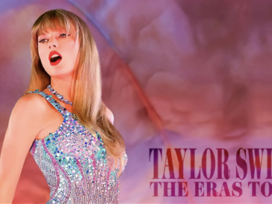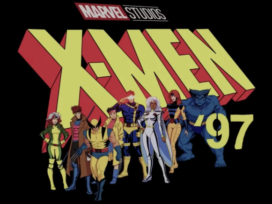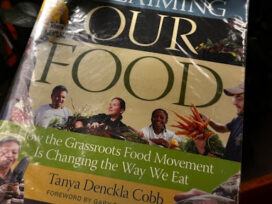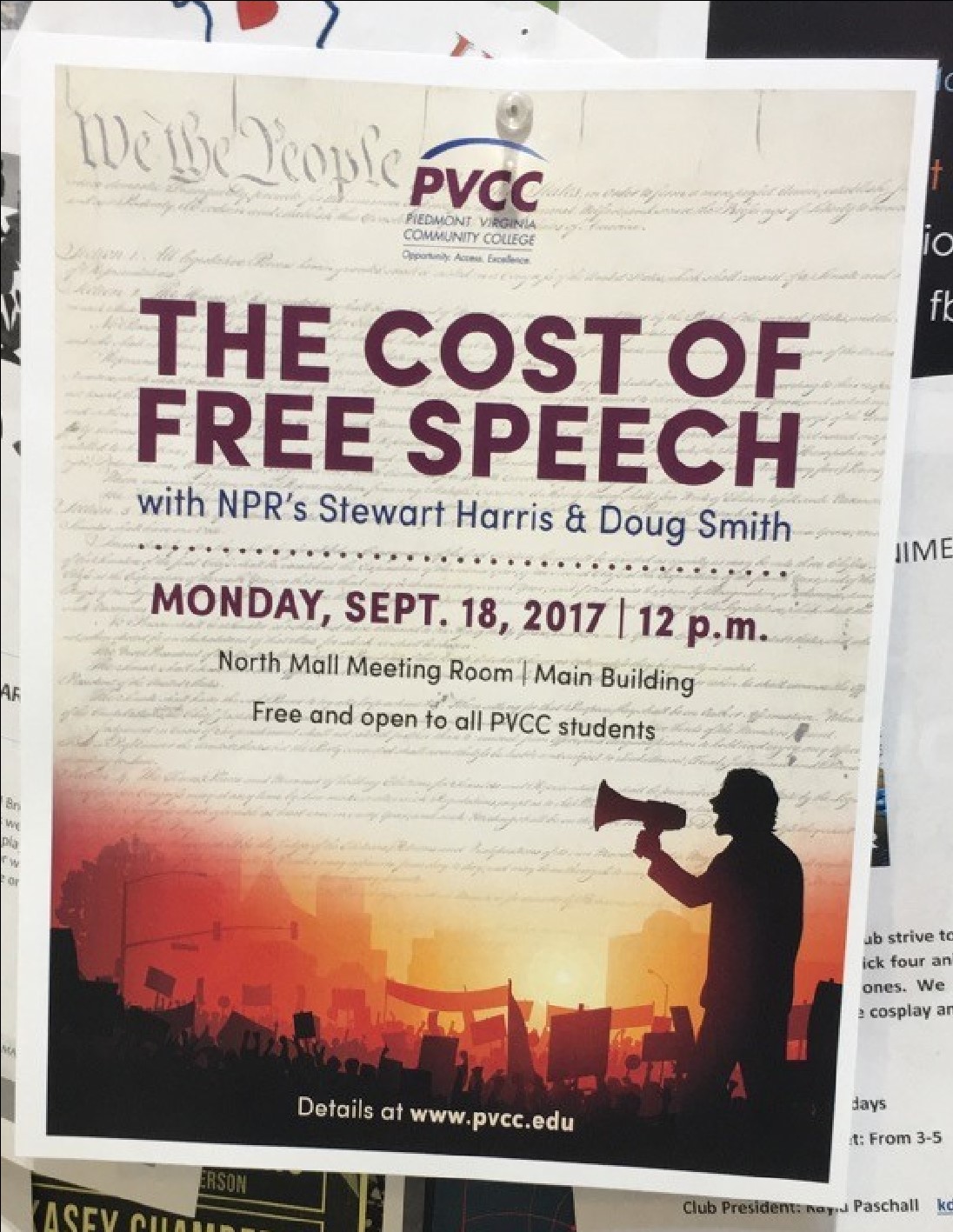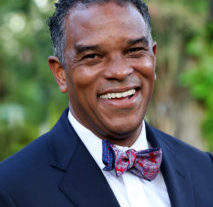
The Heroes of Harlem
Tyler Gaines, staff writer
Feb. 17, PVCC hosted a weekend of theater. Of Ebony Embers: Vignettes of the Harlem Renaissance was among the line-up. In honor of Black History Month, the show payed homage to the African-American struggles and artistic vision of the time.
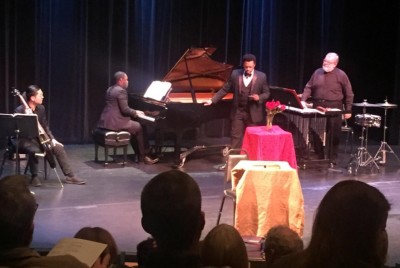
The cast and crew were impressive, as The Core Ensemble provided samples from Duke Ellington, Jelly Roll Morton, Billy Strayhorn, and other jazz pioneers. Excellent acting performances were given from Dracyn Blount, who portrayed many personas of prominent figures during the Harlem Renaissance like Aaron Douglas, Claude McKay, Countee Cullen, and Langston Hughes. The musicians created a jazzy atmosphere akin to what life was like during those times in Harlem.
Whether there was change in character or scene transition, the musicians were always on que, fitting classical jazz and harmonizing the mood throughout the entire production. The most impressive portrayal was of Aaron Douglass in scene one. Following the production, 12 dozen roses were given, in representation of friends and colleagues who had come and gone during the momentous time for African Americans. Dracyn Blount performed the touching moment, giving it emotional and historical significance.
The production had an endless flow of musical set pieces, props, and instantaneous character changes. The choreography and music tempo evoked mixed emotions from the audience and the many figures Dracyn Blount portrayed. The production gave us a front row seat to each historical figure’s story. Seeing them at their lowest and highest moments made the play real.
The cast and crew earned a well-deserved round of applause from the audience for their fantastic performance. The show was an inspiring story about the people who paved the way for the artistic visions of Harlem’s African American community.

